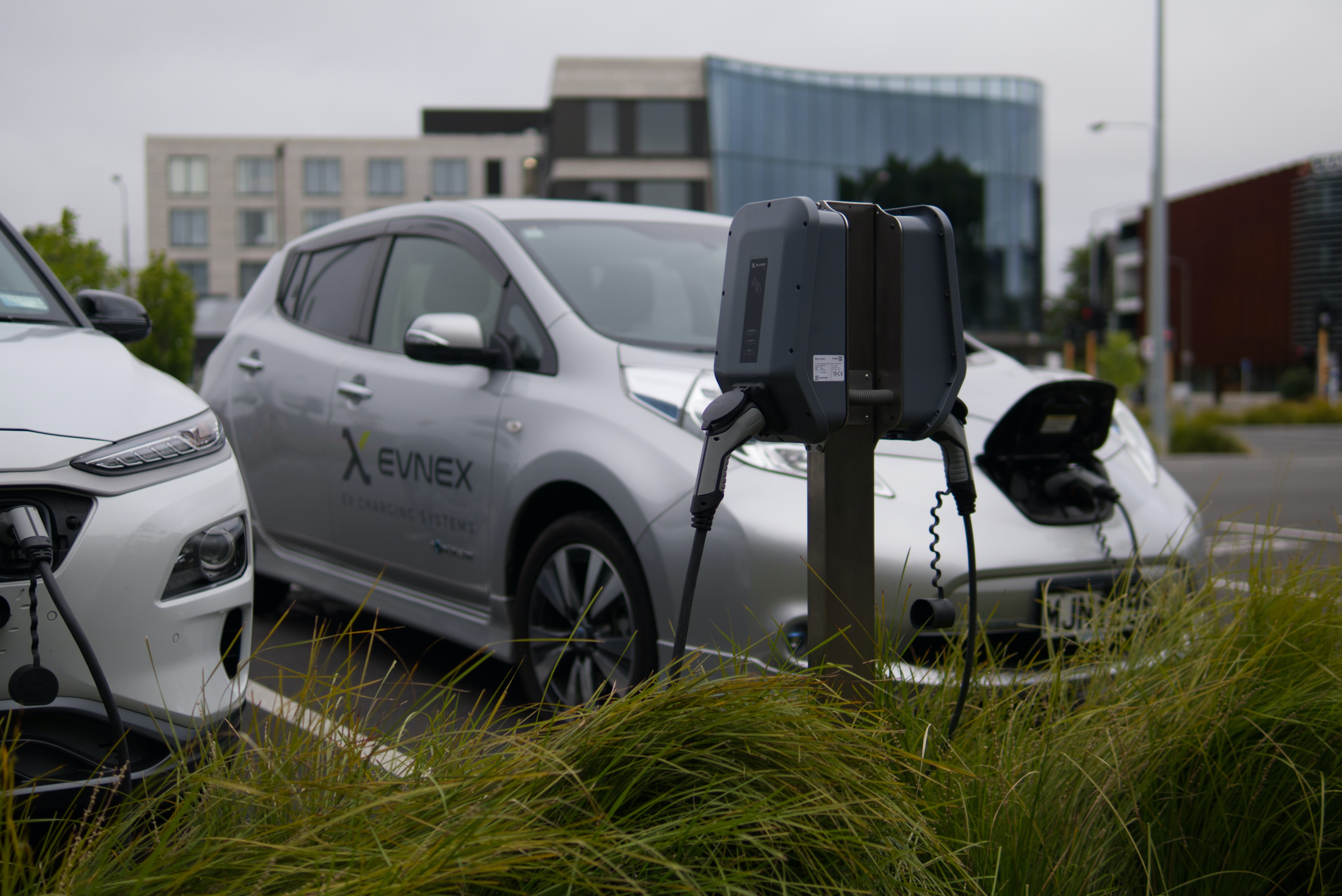Which type of EV is best for my fleet?
Now is a great time to choose an EV, as there's never been a wider choice of electric vehicles available on the market!
Here's a quick jargon-busting summary of the main types of electric car and van on offer:
Fully electric (BEVs)
These vehicles are driven purely by electricity, without a traditional combustion engine. BEVs are the cheapest and cleanest option to run, as they are emission-free. They need to be plugged in to charge up their battery at a dedicated electric vehicle charging point.
Plug-in hybrid (PHEVs)
Like a fully electric vehicle, Plug-in Hybrids (PHEVs) also need to be plugged in to charge. PHEVs have both a traditional petrol/diesel engine and an electric battery. Typically the first 20-40 miles in a PHEV are powered by the battery, with the petrol/diesel engine taking over on longer journeys.
Conventional hybrid (HEVs)
Non plug-in hybrid cars combine a standard combustion engine with a smaller battery-powered electric motor. There’s no need to plug in a hybrid electric vehicle, as the battery is charged by both the combustion engine and regenerative braking.


